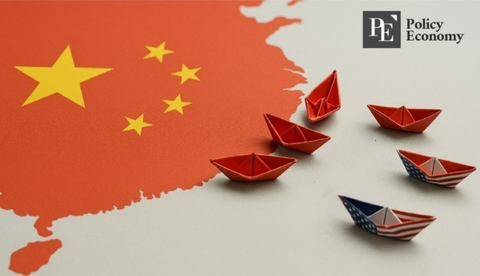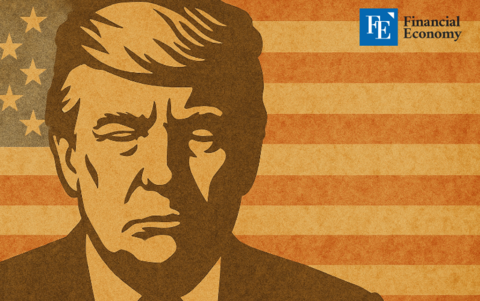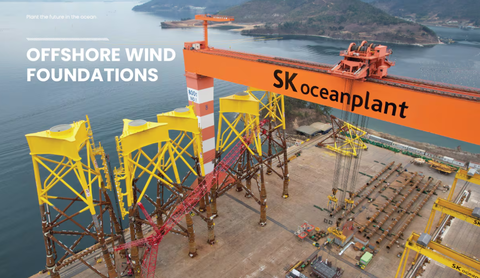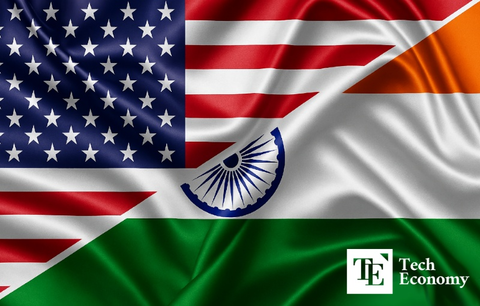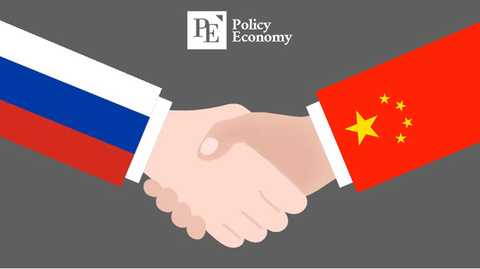US, Canada, and EU Locked in Escalating Trade War Over Steel and Aluminum Tariffs
Input
Changed
Retaliation and Escalation: How the Trade War Intensified Economic Fallout: Tariffs, Industry Impact, and Consumer Costs The Future of Global Trade: Will the Standoff End or Worsen?
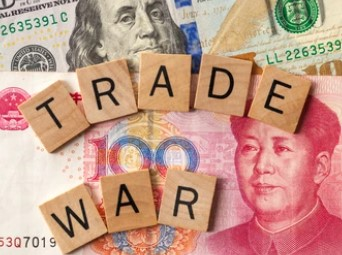
Retaliation and Escalation: How the Trade War Intensified
The ongoing trade war between the United States, Canada, and the European Union is escalating once again as the Trump administration imposed new tariffs on steel and aluminum, prompting swift retaliation from both Canada and the EU. This trade battle has put a considerable strain on international relations, highlighting the aggressive stance taken by former President Trump’s policies and the global reactions to them.
The global economy is once again at a crossroads, with tensions between the US and its long-standing allies rising to new heights. For many, the response from Canada and the European Union was expected, and now it seems as though this trade war is far from over, with each side readying itself for a prolonged standoff.
In the early months of 2025, President Trump took a hardline approach towards steel and aluminum imports, claiming that these tariffs were necessary to protect American industry and jobs. His administration’s justification centered around national security concerns, which allowed them to impose tariffs on these goods under the guise of protecting the country’s manufacturing base.
However, this decision did not sit well with many of the United States’ closest trading partners, particularly Canada and the European Union. Both countries immediately announced retaliatory tariffs in response to the US tariffs. These countermeasures were expected and reflected the underlying tension that had been brewing ever since Trump took office.
Canada, in particular, had already made its dissatisfaction known in 2018 when the United States imposed similar tariffs on Canadian steel and aluminum. The Canadian government imposed retaliatory tariffs on US goods at that time, and the recent round of measures was no different. The EU also stood firm, with Brussels signaling that it would not back down in the face of US protectionism.
The stakes are high, not just in terms of trade relationships, but also in terms of global economic stability. As of April 1, 2025, the European Union’s retaliatory tariffs are set to go into effect. This includes tariffs on US goods such as agricultural products, motorcycles, and industrial machinery. These countermeasures are intended to create significant pressure on the US administration to reconsider its stance on tariffs and ease the strain on transatlantic relations.
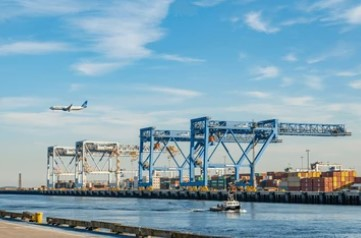
Economic Fallout: Tariffs, Industry Impact, and Consumer Costs
As expected, President Trump’s administration did not take the countermeasures lightly. The US president immediately issued threats of even higher tariffs in retaliation to the EU and Canada’s response. According to reports, Trump suggested that the United States would impose additional tariffs on European goods and escalate pressure on Canada to curb its own retaliatory actions. This back-and-forth between the US, Canada, and the EU has created an atmosphere of uncertainty, and market analysts are predicting a possible downturn in global trade.
Trump's aggressive economic policies have drawn mixed reactions within the United States. Some proponents argue that the tariffs are necessary for protecting American workers and industries, particularly in manufacturing and steel production. However, critics warn that such policies could have the opposite effect, leading to higher prices for consumers and potentially stifling economic growth. Moreover, businesses that rely on global supply chains, such as car manufacturers and electronics companies, are also feeling the impact of the tariffs.
The situation is becoming increasingly complex, with each side positioning itself for a potential long-term struggle. While President Trump insists that the tariffs are essential for national security, many international leaders argue that such measures are nothing more than an excuse for economic protectionism.
As tensions mount, it remains unclear what direction the conflict will take. There are growing concerns that these tariff disputes could spill over into other areas of trade, impacting industries beyond steel and aluminum. The possibility of an all-out trade war, with retaliations in sectors such as agriculture, automotive, and technology, is becoming more plausible as both sides dig in their heels.
Beyond the economic impacts, one of the most significant factors in the ongoing trade war is public opinion, both in the United States and abroad. The Trump administration has faced mounting criticism for its aggressive trade policies, with many arguing that the tariffs are hurting US consumers and workers more than they are benefiting them. The backlash has been especially strong in industrial states that depend on trade with Canada and Europe.
In Canada, public sentiment has been equally strong in opposition to US tariffs. The Canadian government has been vocal in its criticism of the Trump administration’s protectionist policies, and the retaliatory tariffs are seen as a response to what many perceive as an unjust attack on Canadian industries. In Europe, leaders have expressed similar concerns, with the EU’s retaliatory measures serving as both a defense of their own industries and a statement against the US’s economic policies.
The impact of these tariffs on American consumers is already being felt. As prices for imported goods rise, the cost of living for many Americans is increasing. Manufacturers who rely on imported steel and aluminum are also facing higher production costs, which are likely to be passed on to consumers. This has led to criticism from both sides of the political spectrum, with many arguing that the economic toll of the tariffs could outweigh any potential benefits.
Moreover, there is growing concern that the tariffs will hurt job growth in sectors that rely on international trade, such as retail, agriculture, and technology. While Trump’s supporters argue that the tariffs are a way to protect American workers, critics contend that they will result in job losses in industries that depend on cheap imports.
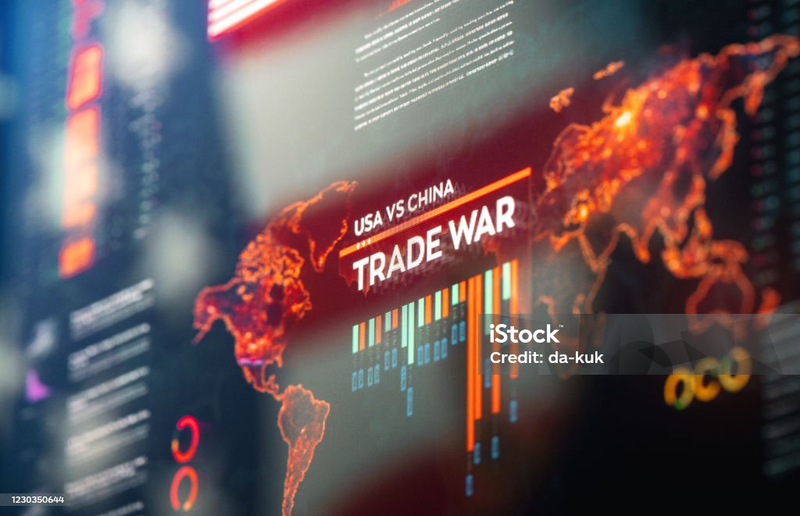
The Future of Global Trade: Will the Standoff End or Worsen?
While the immediate impacts of the tariffs may be felt by consumers and businesses, the long-term consequences of this trade war could be even more significant. Trade wars tend to have a ripple effect, with economic slowdowns spreading across different sectors and countries. The US, Canada, and the EU may all suffer from reduced economic growth, as companies may reduce production and investment in response to the higher costs of doing business.
Moreover, the escalating trade war could affect global supply chains, making it harder for companies to source materials and products from other countries. Industries such as automotive, technology, and agriculture are particularly vulnerable to such disruptions. With tensions high, it is unclear how long this trade war will last, or what it will mean for future trade relations between the US and the rest of the world.
For now, the focus is on finding a resolution to the immediate dispute. While Trump has threatened further tariffs, both the EU and Canada are holding firm in their response, signaling that they are prepared for a prolonged struggle. The question remains: will this conflict eventually lead to a resolution, or will it continue to escalate, drawing in more countries and industries?
The trade war between the US, Canada, and the EU is far from over. While both sides have taken retaliatory actions, the situation remains fluid, and further escalation is possible. President Trump’s tariffs on steel and aluminum have set the stage for a prolonged struggle, with both sides preparing for a lengthy standoff.
As tensions rise, the impact on global trade and the economy continues to grow. The full consequences of this trade war are yet to be seen, but it is clear that the stakes are high for all involved. Whether the dispute will lead to a resolution or a prolonged conflict is uncertain, but one thing is clear: this trade war is far from over, and it is shaping up to be one of the most significant global economic challenges of the decade.


